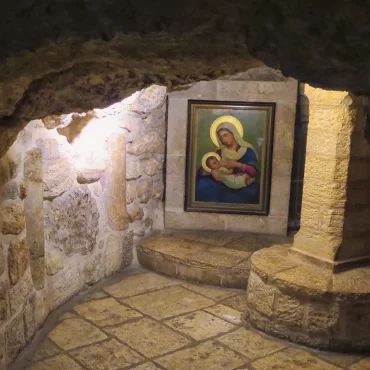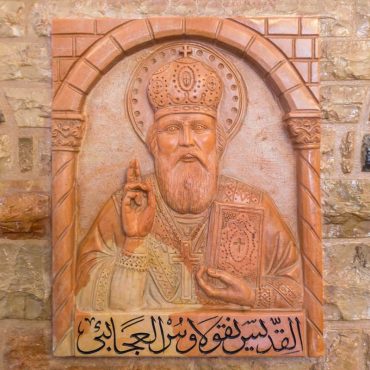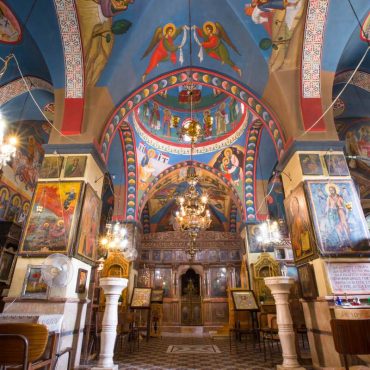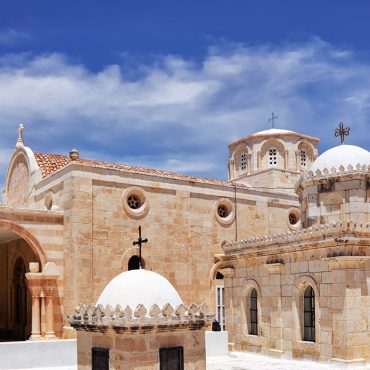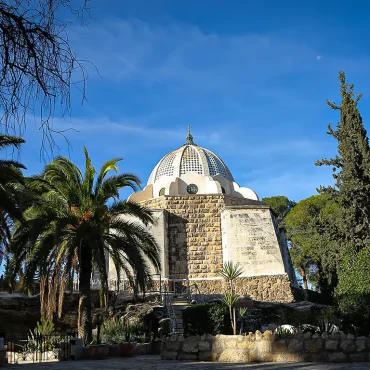Bethlehem
Bethlehem of Judea, the city which irreversibly engraved the history of mankind. In Hebrew the name Bethlehem means the house of bread, the Bread of life. According to the gospels of Matthew (2:1) and Luke (2:1-15), it is the birth place of Jesus. Bethlehem is also called Ephratah and Bethlehem-city of David to distinguish it from the similarly named city of Bethlehem on the south of Galilee. In the 4th century between the years 327-333 Saint Helen constructed a magnificent Basilica above the nativity cave of Christ, drastically contributing to the transformation of this small insignificant village into an important pilgrim site. The interior of the Basilica is sustained to its original form to this day. It is a five-aisled Basilica, the aisles been separated by forty monolith pillars of the Corinthian style. The pillars depict various Saints of the Eastern Church. Most of the nativity cave is engraved on the natural rock while the remaining part is built.
According to the above findings, the nativity cave was covered in an octagonal shape and the pilgrims could see it through a small central opening. The floors of the Basilica and the octagon were covered with colourful mosaics. The octagon was replaced by a three-semi circled Holy Bema (sanctuary) underneath which the nativity cave is found. On the west wall of the Narthex which overlooked the yard, there was a mosaic portraying the birth of Christ and the offer of worship to Him by the Wise Men.
According to the tradition, when the Persian army with Khosrau as their leader raided Palestine in 614, they reverenced the Church of the Nativity recognizing the three Persian Wise Men offering their gifts to the Divine Infant on the mosaic of the Narthex. After the Arab occupation in 638 and the Omar treaty, Christians and Muslims lived harmoniously in Bethlehem as the latter honoured Christ as a Prophet and respected the Theotokos. In 1250 the Mamluks succeeded the Ayyubid Dynasty in Egypt. As a consequence, the Christians of the city suffered heavy persecution and hardships, while during the Ottoman Empire occupation there was strong conflict between the Latin and the Greek Orthodox Christians for the ownership of the Church of the Nativity and the Holy Cave. In 1757 with a decree from Sultan Osman iii, the Greek Orthodox Patriarchate of Jerusalem receives complete ownership of the Church and the Nativity Cave and strives to sustain this right through many adverse conditions.


